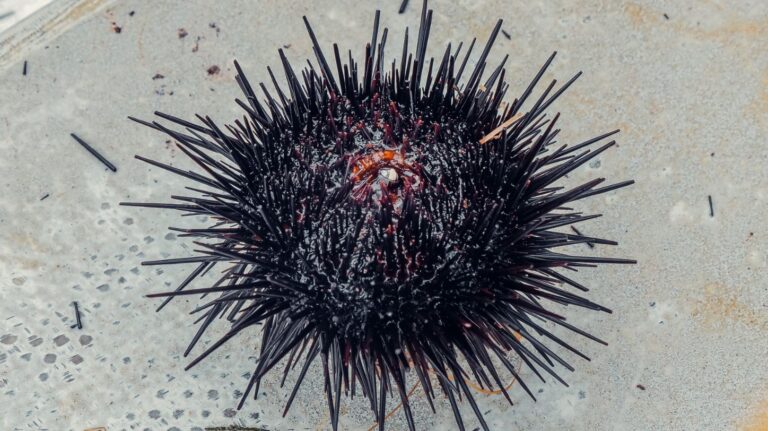Researchers at Carnegie Mellon University have introduced a new approach to the development of soft robotics by drawing inspiration from ancient sea creatures.
Roboticists have built a new soft robot based off of computer simulations of the movement and morphology of pleurocystitids, which lived 500 million years ago.
Carnegie Mellon’s Richard Desatnik, under the guidance of Philip LeDuc and Carmel Majidi, led the research.
The team collaborated with European paleontologists to analyse the ancient sea creatures to improve the design of soft robots.
“We’ve learned a lot from modern creatures, but that’s only one percent of the animals that have existed during our planet’s history, and we want to see if there is something we can learn from the other 99% of creatures that once roamed the earth,” commented Desatnik.
“There are animals that were very successful for millions of years and the reason they died out wasn’t from a lack of success from their biology – there may have been a massive environmental change or extinction event.”
The team initially looked at fossilised pleurocystitids, which are relatives of contemporary sea stars and sea urchins. CT scans were then used to reconstruct the creatures’ shapes to enable the creation of the simulations.
Pleurocystitids used muscular stems or tails for movement.
The cross-discipline approach has been dubbed “paleobionics,” a combination of paleontology and robotics.










